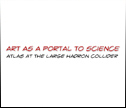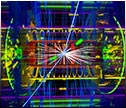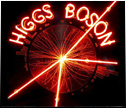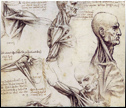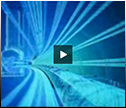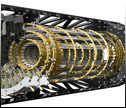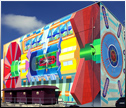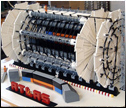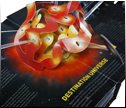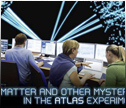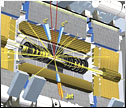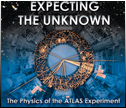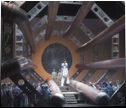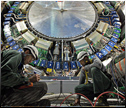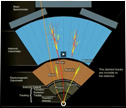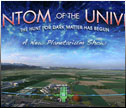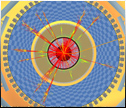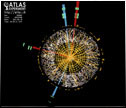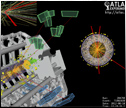Visualizing collision events
In the high-energy proton collisions, we may discover amazing new particles that can lead us to far greater understanding of nature at a fundamental level. We may also see processes that tell us about the structure of our universe, such as the number of dimensions of space or something beyond our current imagination. A real curiosity of our world is that most matter is not the type we experience in our daily lives, but an exotic type called "dark matter" that we cannot see, yet is everywhere in the Universe.
In July 2012, both ATLAS and another LHC experiment, CMS, announced the discovery of a new particle presumed to be the Higgs boson. The Higgs boson is a major piece of the puzzle of understanding the existence of mass in the Universe. Without this mass, atoms and molecules would not exist, the sun would not exist, and there would be no people.
The Higgs boson is an ephemeral particle because it decays in an instant, before it makes tracks inside our detector, so we only see the particles into which it decayed. To make it more mysterious, it has a multitude of "channels" into which it might decay, and we need to search for all of them. Each channel is some set of particles, such as protons, electrons, etc.
The challenge for physicists is to decode the hundreds of millions of electronic signals from the detector-camera. We can create a picture version of each collision, which we call a "collision event" or just "event" for short. There is no "photo" of an event, so it is a human endeavor to create an image, and we do so because it is in our nature to learn from images, though the numbers from the electronic signals are also critical to our understanding. Within ATLAS our efforts to create event images has led us to be artistic and creative in many forms.
